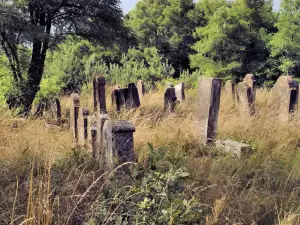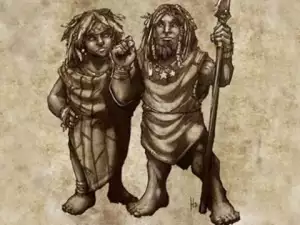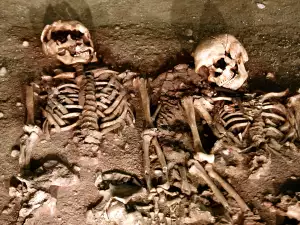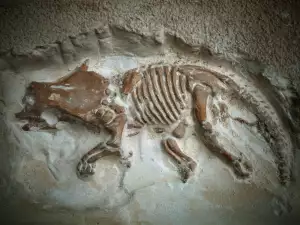Many facts from the life of the famous Spanish novelist Miguel de Cervantes are not confirmed. Soon though, it will become clear whether the mortal remains of the writer were buried where he himself wished them to be or not, report world media.
It has been documented that the remains of the author of Don Quixote are found underneath the Trinitarias monastery in the center of Madrid. In April 2014, archaeologists began searching for the skeleton of the writer with the help of specialized ground-penetrating radar.
The experts are hoping that this way they will finally find out what exactly Cervantes died from, and also create a special place for people to pay their respects, which would bring additional tourists to the area.
According to one of the theories about the death of the author, he died from liver cirrhosis as a result of increased alcohol consumption.
The scientists announced that the radar has already shown the presence of bones near the supposed grave of the writer but it cannot be confirmed with accuracy who they belong to without removing them.
The archaeologists postulate that the skeleton of the Spanish novelist will be identified by the wounds inflicted upon him during the Battle of Lepanto in 1571. Cervantes had injuries on his left arm and chest.

At the moment, the scientists are waiting for the Catholic Church to allow digging around the monastery, which still houses several nuns of the Trinitarian Order and hope that the mystery will be solved by the year 2016.
It is known that Cervantes managed to escape from pirate captivity with the aid of the Order and that was why he later insisted to be buried right by the Trinitarias monastery.
According to another theory, the daughter of the writer, Isabel de Saavedra, was a nun in the same monastery and that was why he wanted to remain there forever. The talented playwright and poet died in his Madrid home on April 22nd of the Gregorian calendar and was buried the next day.
A few years after his death, the nuns moved to another monastery and took at least some of the graves with them; it is not known whether that of Cervantes was relocated, nor where the nuns settled after moving.









